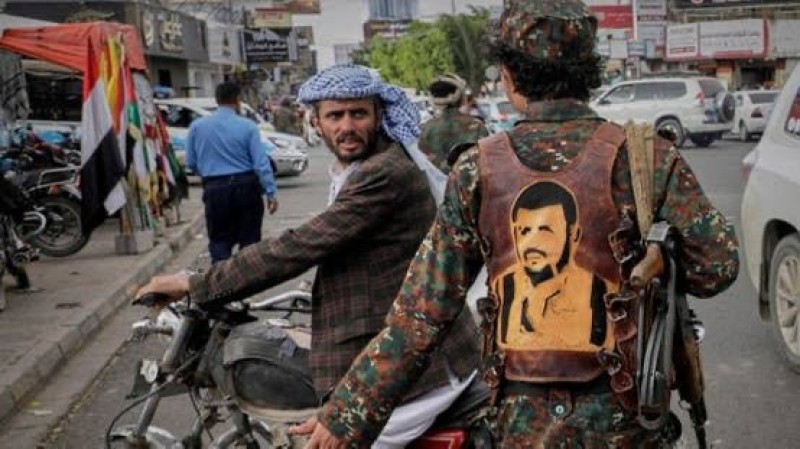IOM Yemen - Ma'rib Response update


SITUATION OVERVIEW
Despite the expiration of the truce on 2 October, the security situation in Ma’rib has remained relatively stable. Intermittent clashes have been limited to the frontlines south and west of Ma’rib city away from civilian areas. However, on 7 November, tensions increased after an explosion in an ammunition depot in Ma’rib killed four individuals and injured five. In the event of an escalation of hostilities in Ma’rib, the relative stability since the truce could unravel if these attacks increase and no diplomatic progress is made.
In October 2022, IOM’s Displacement Tracking Matrix (DTM) reported the new displacement of 153 households (HHs) or almost 1,000 individuals in Ma’rib governorate, predominantly to Ma’rib City. The number of displaced households has decreased in recent months (in September, 195 HHs were displaced) in part due to the limited hostilities in the Ma’rib.
The majority of these displacements came from outside of Ma’rib itself, from Hodeidah, Shabwah, and Sana’a governorates.
Newly displaced households reported that they were displaced mainly for conflict/security (54%) and economic reasons (46%). IOM also found that several IDPs moved to host community areas due to the damage to displacement sites caused by rain, flood and storms. A total of 2,529 HHs or around 15,174 have been displaced in Ma’rib in 2022.
Based on an intention survey, IOM’s DTM found that approximately three out of four people displaced across 23 displacement sites in Yemen’s conflict affected Ma’rib report having no intention to return home. Fears of insecurity and a lack of opportunities to earn an income were the main reasons internally displaced persons (IDPs) reportedly have no intention of returning. Among the remaining 21 per cent of respondents, only three per cent report an intention to return while the rest were indecisive or intended to settle elsewhere.
The primary needs for displaced households include shelter (40%), financial Assistance (30%), food (10%), livelihoods (9%) and NFIs (8%).
As many households now live in protracted displacement in overcrowded sites with sparce coverage of humanitarian assistance, IOM continued to witness and respond to the site risks and threats. In October, IOM received four eviction threats from different displacement sites (Alerq Alsharqi, Alnajah, Alrumaylah Alqaoz and Saylat Alrumaylah). Also, five fire incidents in IOM-managed sites were caused by unsafe cooking practices and electrical hazards in the tents. IOM has continued to respond by training fire wardens, improving electrical networks, rehabilitating kitchens, distributing fire extinguishers and raising awareness of fire assistance.

Sana’a – The occupied Yemeni capital Sana’a is witnessing mounting economic panic and a sharp collapse in the real estate market…

Aden – The vessel Kota Nanhai departed Al-Mualla Container Terminal at Aden Port this evening after completing the unloading of 457 standard…

Aden — Yemen’s Presidential Leadership Council Chairman Rashad al-Alimi held talks with Central Bank Governor Ahmed Ghalib to review th…